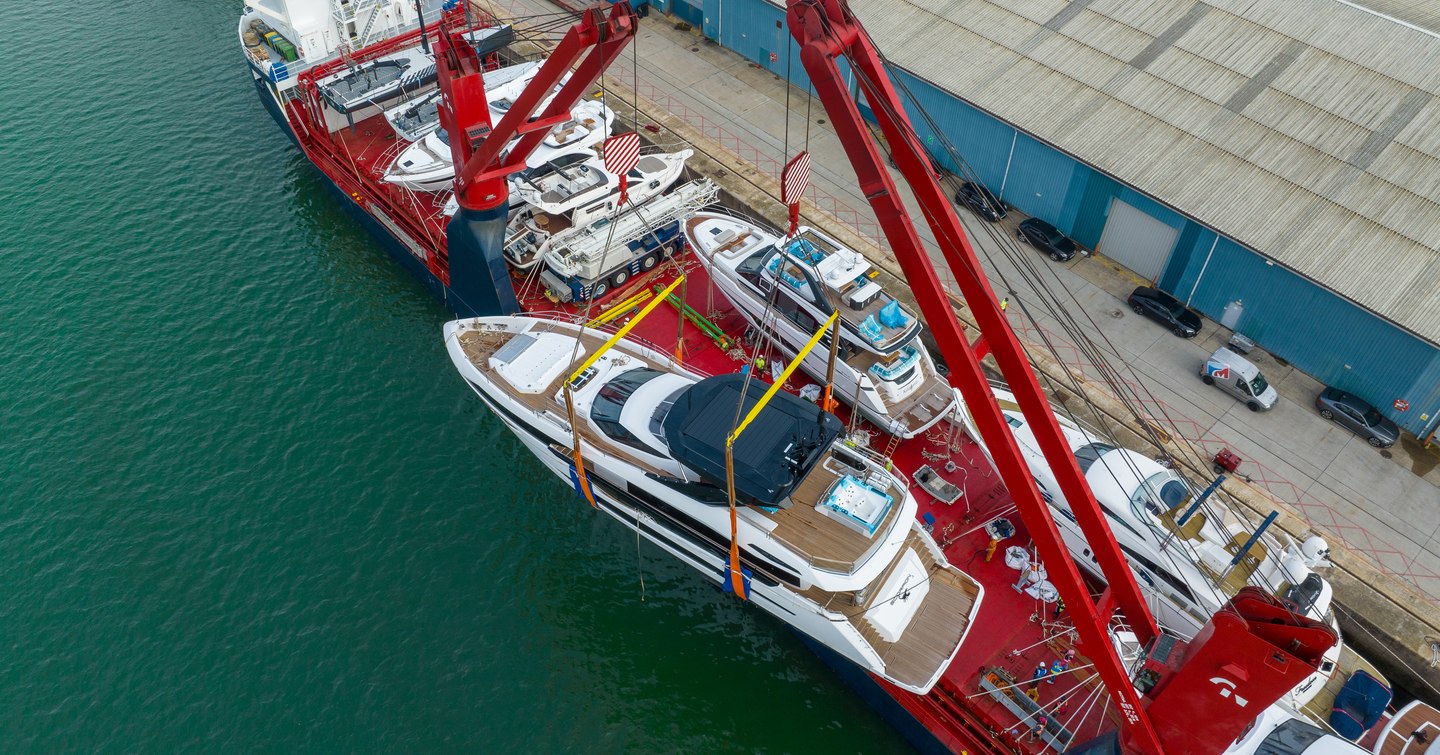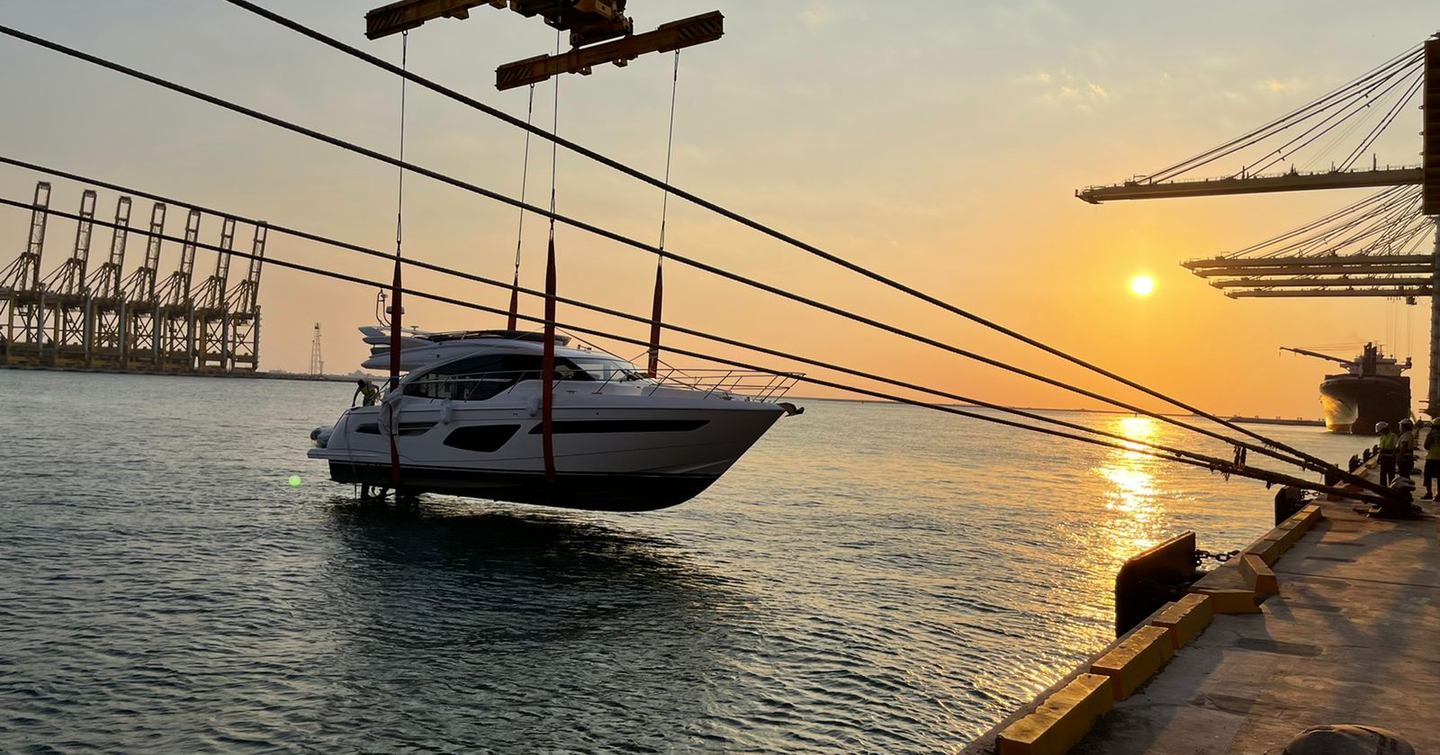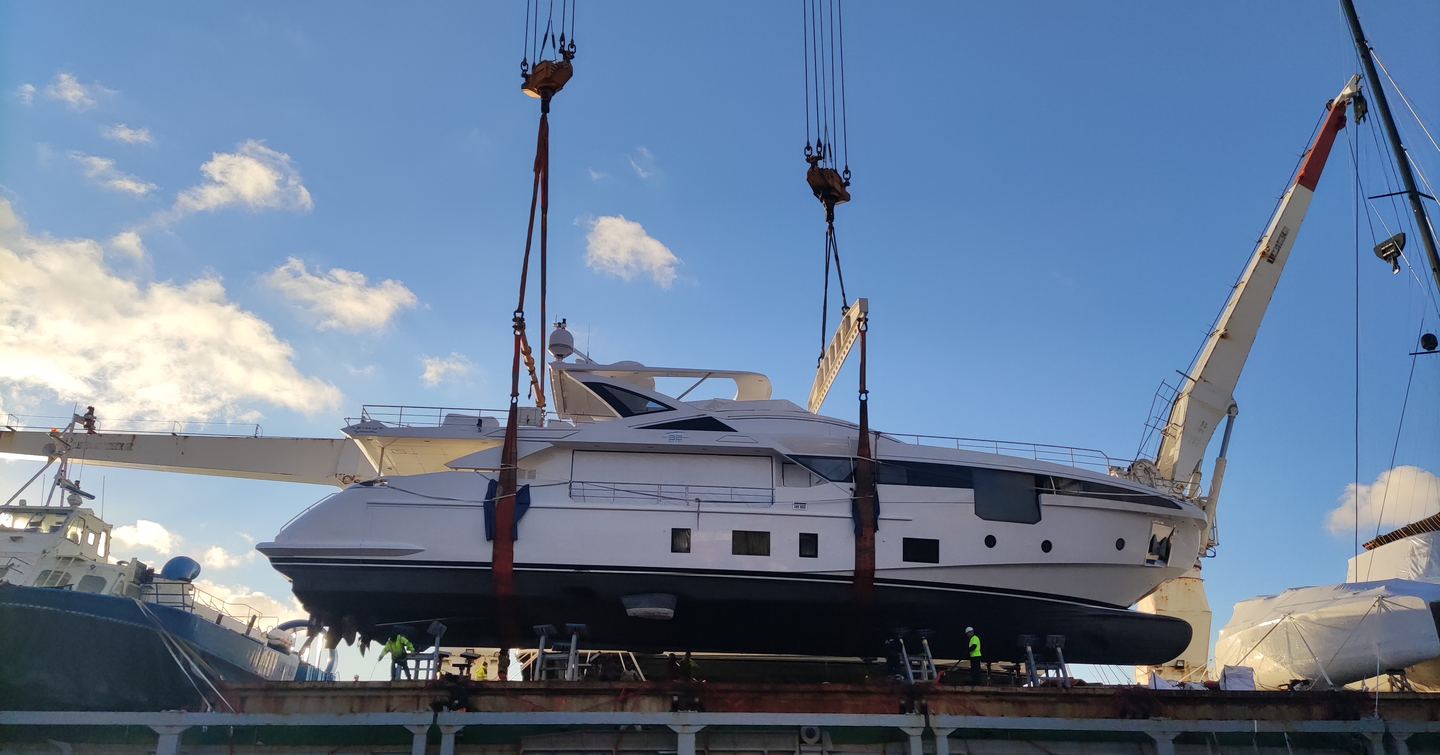Whether your needs revolve around timing, cost, location, or even tax considerations, selecting the ideal transportation provider for your valuable asset requires some serious consideration.
Seeking expertise from Peters & May, a global logistics firm with a reputable 50-year history, we asked for insights on the essential factors, considerations, and questions to raise when selecting a transportation company for your yacht relocation needs.
Multiple Quotes
Shop around and make sure you get a deal that meets your specific requirements.
Secondly, make sure you discuss your requirements with the sales and customer service team.
The arrival time might be more important to you than anything else. Price is of course also important, but the cheapest is not necessarily the best. Take the time to find out exactly what each company is offering.
This is a big deal, so don’t rush. It is essential to have all the facts and figures at your fingertips so that you can make an informed choice.
Like for Like
As the multiple quotes arrive, you can begin the comparison of service and price.
Your options will mainly depend on the type and size of your yacht, its current location, its destination, and, of course, your budget. However, it is crucial to compare the quotes in detail. Are there any costs that have not been factored in?
For example, you need to be aware of freight charges, including bunker surcharges, and any additional handling costs in ports (for example, are all the lifts from truck or water back to truck or water included or priced separately?); does the price quoted include shipping cradle costs, marine cargo insurance cover, and customs clearance?

Check your Options
If you own a relatively small boat and are moving it within one country, road haulage may be your best choice. However, if on-water routes are available you may prefer to hire a skipper and crew to deliver your yacht for you. Clearly, the cost of hiring a captain and crew will increase the longer the transfer distance is. Fuelling and mooring costs along the way will also increase.
For larger yachts and for delivery over greater distances, delivery by cargo ship is recommended as it saves owners time, hassle, cost, and wear and tear of the yacht. When considering your shipping options, it is important to consider the size and weight of your boat. Smaller and lighter vessels are more likely to be transported under the deck of a roll-on roll-off vessel, whereas larger and heavier vessels, such as superyachts, are more likely to be transported on a heavy lift vessel.
Check ... Check Again
It is essential to ensure that the measurements you give to your shipping company are accurate to the last centimeter and include any parts of your yacht that protrude, such as davits, aerials, radar arches, pulpits, and so on. Even a mere 10cm deviation in the declared length may create challenges, delays, and extra charges.

Research Reputations
Reputation is a telling indicator of the quality of service you can expect. Check to see if the company has regular clients and verify how long the firm has been operating.
Do you know anyone who has worked with them before? What other clients does that company have, what other companies do they work with and what associations do they belong to? How is their customer service by e-mail and on the phone? Do they take time to explain all processes to you in detail? Do they have any reviews online that make you second guess, or do they have a history of legal claims against
them?
In the USA this information is widely available online.
Also, look at their infrastructure and the association they may have with similar operators around the world. In international yacht transportation, it pays to have a global network of offices and agents in place.
Ask Questions
If there is something you don’t fully understand, ask. Nobody will think less of you if anything, quite the contrary. Ask as many questions as you can and ensure the company can explain all technical plans and equipment to you before you make any commitments.
Also, the more questions the company asks about your yacht, the better. These ensure they choose the best-fitting transport cradle, right lifting gear, etc. The loadmaster can be briefed about what yacht they will be loading well
Avoid Short Cuts
Do not be tempted to take short cuts that will more than likely turn out to create problems further down the line that may be expensive to rectify. For example, your own storage cradle will most likely not be suitable for transportation on a sea-going vessel.

Check the Paperwork
Check your insurance cover as your hull insurance is unlikely to cover any risks during transportation by a sea-going vessel. Also, ensure that you have suitable cover at your new cruising grounds.
If you take out Marine Cargo Insurance via your logistics provider, ensure it is an ‘All Risks’ policy that you fully understand any risks that are excluded and that you are aware of the excess/deductibles. Cheaper premiums tend to attract higher excess/deductibles.
End to End
What do you think of the quote? Does it include everything you asked for, from beginning to end, to move your yacht from its present position to its final mooring, without requiring anything from a third party that wasn't included in the quote and operational plan?

Safe and Secure
Inspect your boat for damages and take pictures to document any that already exist.
When preparing your boat for transport, it’s important to secure everything – especially loose items that could cause damage during the voyage. No matter how far your boat is traveling, you should secure it as if it were crossing an ocean.
Generally speaking, the world’s biggest yachts typically make all crossings independently, unless damaged. The largest yachts carried by Peters & May are usually around 70 meters in length.
To get a good start on your research, the Peters & May team is experienced and knowledgeable to advise on end-to-end yacht and boat transfer services, visit www.petersandmay.com.




